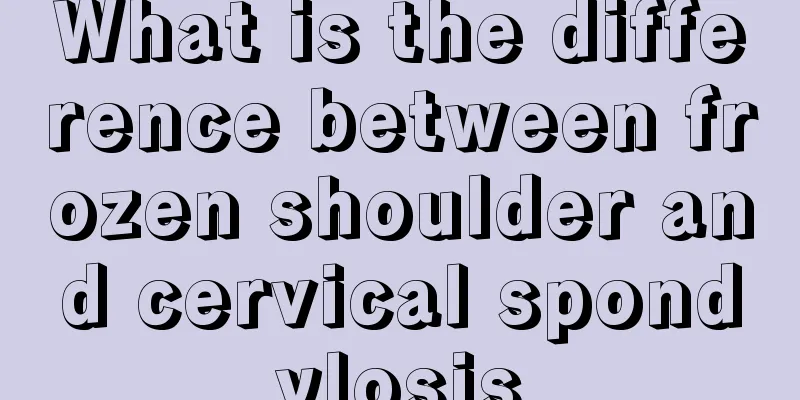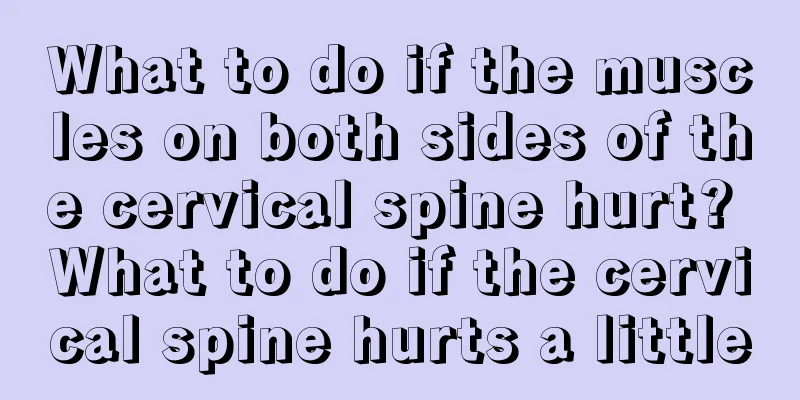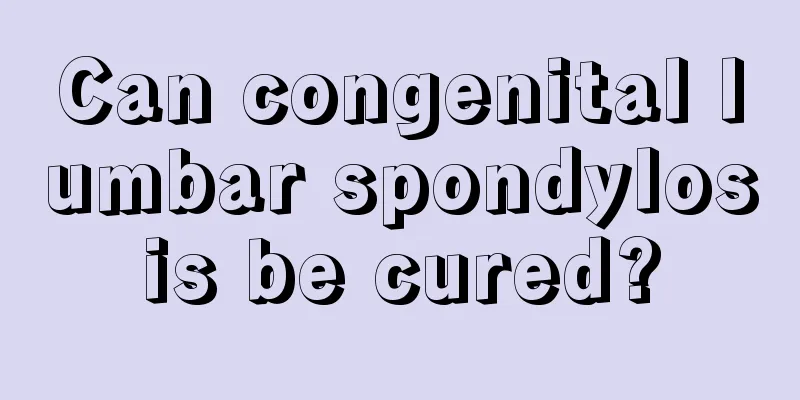How to treat lumbar scoliosis?

|
Lumbar scoliosis, also known as spinal curvature, is a disease that is difficult to treat. It often occurs in the elderly, and those who have been engaged in physical labor for a long time and are malnourished are most susceptible to the disease. Lumbar scoliosis will affect a person's overall image and work ability, making patients unable to engage in labor work. Therefore, the treatment of lumbar scoliosis is very urgent. So, how to treat lumbar scoliosis? Treatment for scoliosis can be divided into two major categories, namely non-surgical treatment and surgical treatment. Common non-surgical treatments include physical therapy, gymnastics, plaster, braces, etc., but the most important and reliable method is brace therapy. Generally, idiopathic scoliosis within 20 degrees can be left untreated and closely observed. If it worsens by more than 5 degrees each year, brace treatment should be performed. Adolescent idiopathic scoliosis of 30 to 40 degrees at the first visit should be treated with bracing immediately, because more than 60% of this group of patients will develop worsening curvature. Surgical treatment of adolescent idiopathic scoliosis should be considered in the following situations: (1) Those with thoracic curvature greater than 40 degrees and thoracolumbar curvature/lumbar curvature greater than 35 degrees; (2) Patients whose scoliosis cannot be controlled by brace treatment and progresses rapidly; (3) Those with obvious back pain or symptoms of nerve compression. For patients with congenital scoliosis, if the scoliosis is of the type that is prone to progression or if the scoliosis progresses significantly during the observation period, surgical treatment should be performed as early as possible. Generally, 3 to 5 years old is a good time for surgery. Because the causes of scoliosis are complex and there are many types, whether surgery is needed is not simply based on the patient's age or degree of scoliosis. Factors such as the type, characteristics, segment, progression rate of the deformity, the patient's bone age development, and the degree of impact of the deformity on the patient's body shape should also be considered. It is a consensus that progressive congenital scoliosis should be treated with surgery early, because with age, not only does the deformity worsen, but it also becomes stiff and difficult to correct. However, if idiopathic scoliosis undergoes posterior correction and fusion too early in childhood, it may affect the growth and development of the spine, and the deformity is likely to worsen in the long term. |
<<: How to properly deal with indigestion and diarrhea
>>: What are the symptoms of lumbar degeneration
Recommend
How is brain cancer classified?
The current classification of brain cancer is bas...
What are the daily foods that can prevent prostate cancer
Foods that are recognized by the medical communit...
Is it normal to have high alpha-fetoprotein after liver cancer surgery? Not normal
Is it normal to have high alpha-fetoprotein after...
What scented tea can lighten freckles?
Freckles are a very common type of scar. Many fem...
Liver cancer patients may also have symptoms such as liver enlargement
Liver cancer patients may also have symptoms such...
How to diagnose hepatic hemangioma
Hepatic hemangioma should attract our attention. ...
How to store corn cobs
There are many ways to preserve corn cobs in our ...
Preparation before bronchoscopy
Bronchoscopy is a common examination. When the pa...
Reasons for persistent low-grade fever_Low-grade fever
Frequent low-grade fever in patients is very like...
Can I eat mangoes if I have a cough and phlegm?
The main reason for phlegm in the throat is exces...
Groin acne, pay attention to it
If you have pimples in your groin, it may not be ...
Is moderate hydronephrosis very serious?
Moderate hydronephrosis is relatively serious, so...
Symptoms of fungal esophagitis
Fungal esophagitis is a special type of esophagit...
Reasons for puffy eyes in the morning, 4 reasons for you to know
I believe many people will look in the mirror fir...
Symptoms and diagnostic points of paranoid psychosis
You may not have heard of the term paranoid psych...









